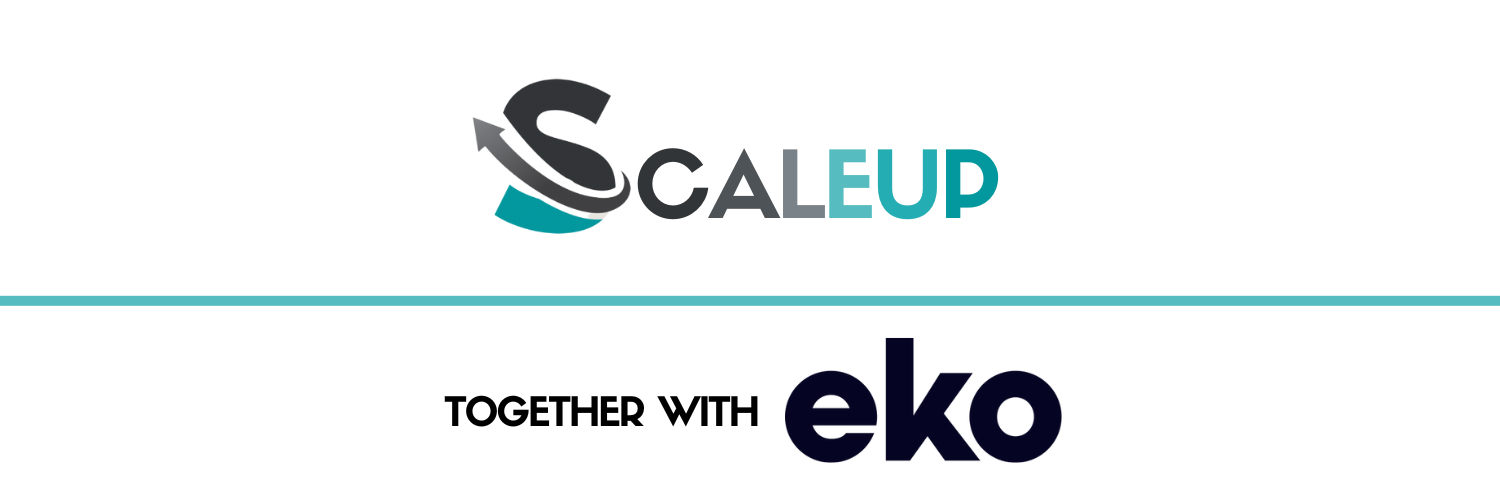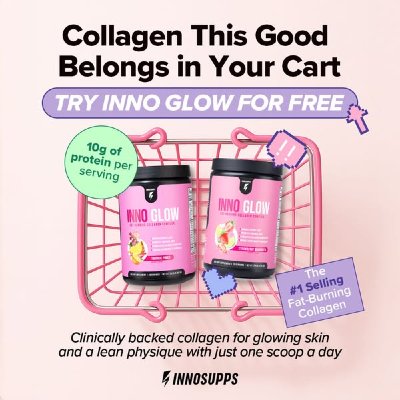The Feeling That Sticks
💡 How to Track the Emotions Your Brand Leaves Behind, Google Enhances Ad Tools for Monetization and Local Forecasting, and more!


Howdy readers 🥰

In this newsletter, you’ll find:
💡 The Feeling That Sticks: How to Track the Emotions Your Brand Leaves Behind
📊 Google Enhances Ad Tools for Monetization and Local Forecasting
🚀Ad of the Day
If you’re new to ScaleUP, then a hearty welcome! You and 50k+ CEOs, CMOS, and marketers have reached the right place. Let’s get into it, shall we? Oh! Before you forget, if someone forwarded this newsletter to you, don't forget to subscribe to our newsletter so you never miss out!

Together with Eko
Your product gallery holds the answers.
Most brands just aren't looking there.
Marketers spend hours optimizing ads and landing pages, but the real decision-making happens on your PDP. That's where shoppers compare and decide what to buy.
This guide from Eko breaks down what most brands overlook:
How product gallery engagement data can reveal what's working, what's missing, and what's slowing customers down.
See how brands like Mockingbird and Andie Swim improved conversion with simple changes.
You’ll learn how to identify high-intent signals inside your gallery.
Get this playbook to build product pages that convert with more clarity and confidence.
Download the free guide from Eko and start using the data already on your site!

💡 The Feeling That Sticks: How to Track the Emotions Your Brand Leaves Behind
Two brands can sell the same product, same features, same market, and still feel wildly different. One feels joyful, the other dependable. Only one gets remembered.
That’s because what lasts isn’t the offer. It’s the emotional residue that lingers after the click, scroll, or unboxing. If you’re not measuring that, you’re missing the most defining metric of all: how your brand feels.
Emotional Impact > Brand Awareness in 2025
In today’s crowded DTC battlefield, logic doesn’t win; emotion does. Consumers don’t just want solutions. They want solutions that make them feel smart, special, understood, or empowered.
This is why two nearly identical brands can drive opposite reactions: one sparks obsession, the other earns a polite nod. Strategic emotional positioning isn’t a luxury anymore; it’s your competitive edge.
From Vibe to Metric: Turning Emotion Into a Measurable Signal
Gut instinct is no longer enough. The best brand teams map emotional perception into trackable data points. But here’s the twist: you don’t get to define your brand’s emotion, your audience does.
That means it’s your job to decode the emotional language they use, not the one you wish they did.
How to Emotionally Benchmark Your Brand (and Outpace the Rest)
1. Scrape Emotion Words from Reviews & Comments: Dig into user language across TikTok, Reddit, Amazon, and App Store reviews. Look for recurring emotion-driven words like “trusted,” “excited,” “finally,” “addicted,” or “underwhelmed.” Organize by emotion type: joy, trust, pride, frustration, aspiration.
2. Compare Sentiment Strength vs Competitors: If your rival is getting “game-changing” and you’re stuck with “pretty solid,” that’s an emotional deficit. You might be functional, but not memorable.
3. Use Emotion to Fuel Creative Briefs: Want to evoke “relief”? Focus your copy on ease and resolution, not hype. Want to feel “elevated”? Dial in scarcity, storytelling, and sleek design details.
4. Monitor Emotional Drift Over Time: Track emotional tone by campaign, SKU, or experience update. Even a high-performing product can shift from “loved” to “meh” if the emotional narrative slips.
Brand24 gives you access to 25M+ signals across platforms, so you can measure not just how you’re mentioned, but how you’re felt.
Start tracking your emotional market position today because in 2025, the most valuable brand equity isn’t visibility; it’s emotional ownership.

📊 Google Enhances Ad Tools for Monetization and Local Forecasting
Google is rolling out two major upgrades to help advertisers and publishers maximize performance. AdSense will now auto-fill empty ad slots with contextual suggestions, while Keyword Planner gets city- and device-level forecast data.
The Breakdown:
- AdSense Now Fills Empty Slots with Relevant Prompts - AdSense will now show context-based suggestions in unfilled ad spaces, like “baking tools” on a recipe blog. Clicking a suggestion opens a dialog box with related ads. The feature rolls out automatically in 30 days, with an opt-out option.
- Keyword Planner Adds Regional and Device-Based Forecasting - Advertisers can now filter keyword forecasts by city, region, DMA, and device type, enabling deeper insight into which locations or platforms drive search volume before launching a campaign.
- Smarter Ad Delivery Across Web and Search Tools - Together, these updates reduce inefficiencies in both monetization and targeting. AdSense ensures no revenue is lost from blank inventory, while Keyword Planner improves local strategy alignment.
Unfilled inventory and vague planning waste ad dollars. These tools help close the gap, boosting monetization for publishers and precision for marketers. It's a clear signal that Google is prioritizing contextual and localized intelligence across its ad ecosystem.

🎥 Ad of the Day

What Works:
Cart Metaphor = Shopper Priming - The literal pink wireframe cart creates instant e-commerce context: this belongs in your checkout. It taps into purchase intent anchoring, you're not just looking, you're already in cart mode.
Offer Framing as a CTA, Not Just a Promo - “TRY INNO GLOW FOR FREE” is styled like a clickable button, complete with a cursor icon. The CTA blends visual UI mimicry (purple banner) with digital body language (pointer hand), signaling immediate action.
Social Proof + Feature Compression - “#1 Selling Fat-Burning Collagen” combines authority, category dominance, and goal alignment. Secondary benefit tags like “10g protein” give instant validation to skeptics (Is this filler? Nope, it’s protein too).
Broader Insights:
This ad fuses two high-conversion categories, beauty and fitness, into a single proposition without leaning too hard into either. It blends UI logic, visual metaphors, and cosmetic psychology to move you from "scroll" to "cart" without needing a landing page.

Advertise with Us
Wanna put out your message in front of over 50,000 best marketers and decision makers?

We are concerned about everything DTC and its winning strategies. If you liked what you read, why not join the 50k+ marketers from 13k+ DTC brands who have already subscribed? Just follow this.
At ScaleUP, we care about our readers and want to provide the best possible experience. That's why we always look for ways to improve our content and connect with our audience. If you'd like to stay in touch, be sure to follow us EVERYWHERE🥰
Thanks for your support :) We'll be back again with more such content 🥳

